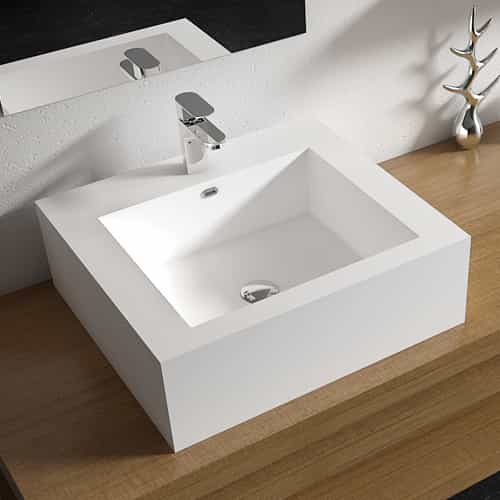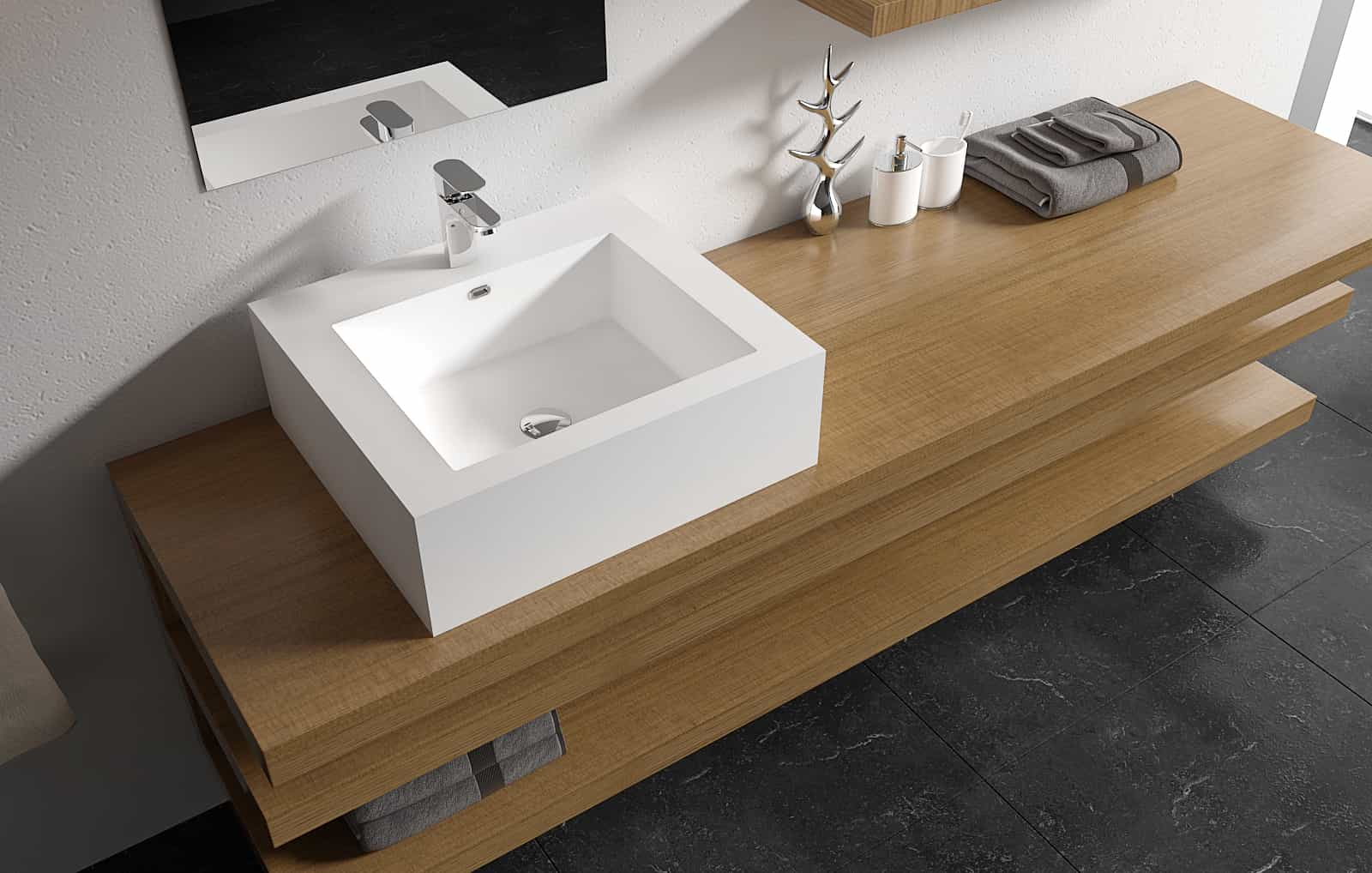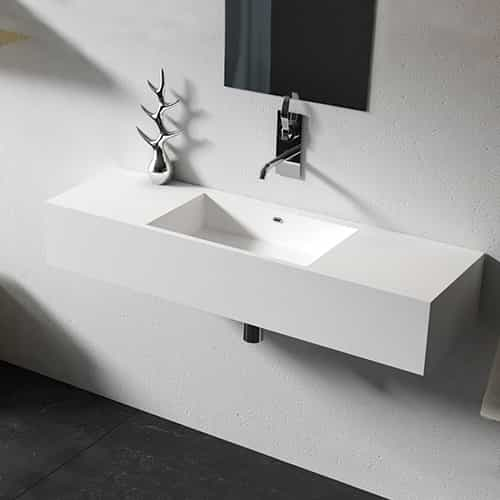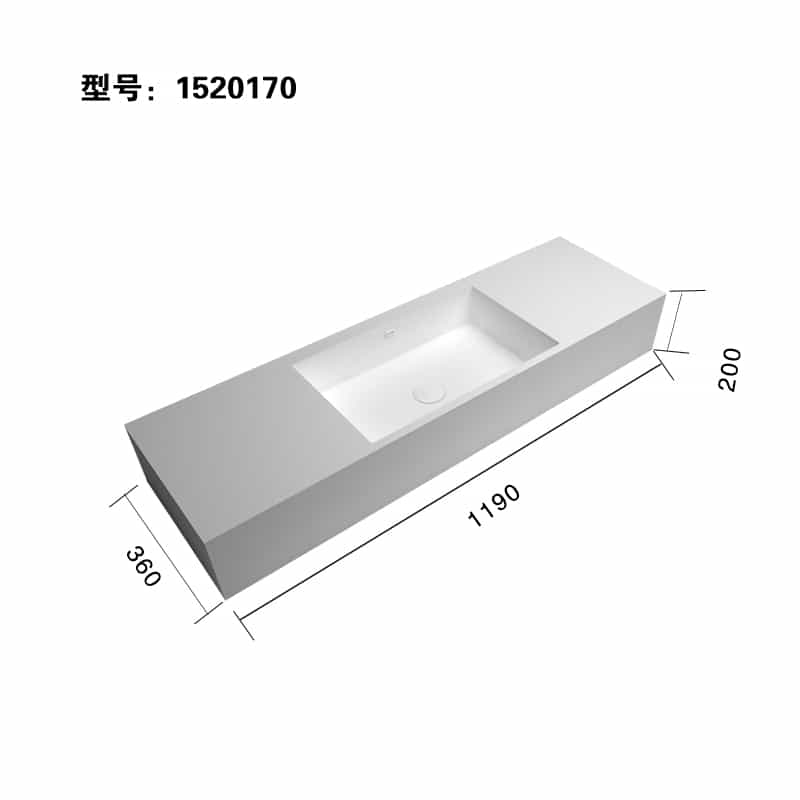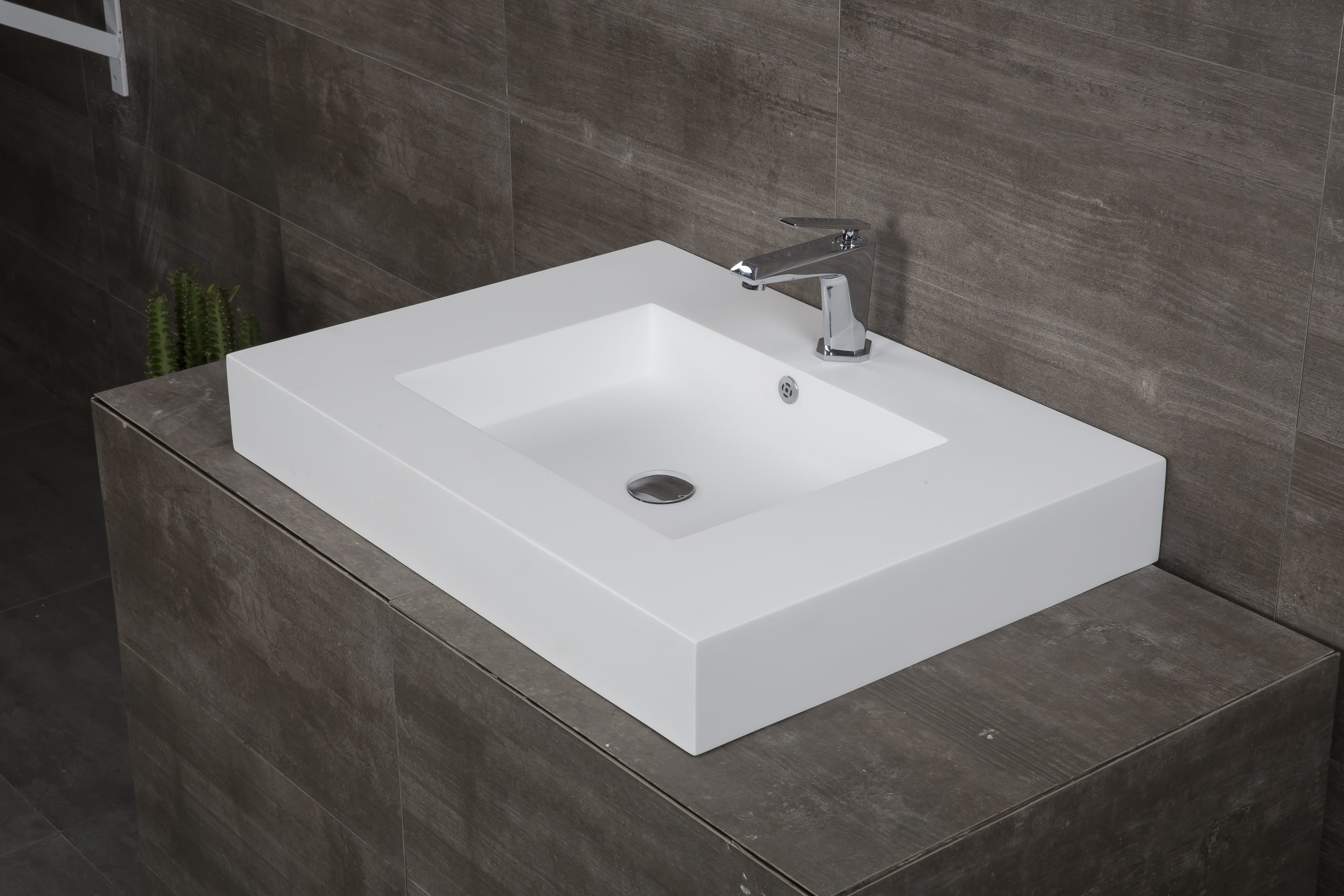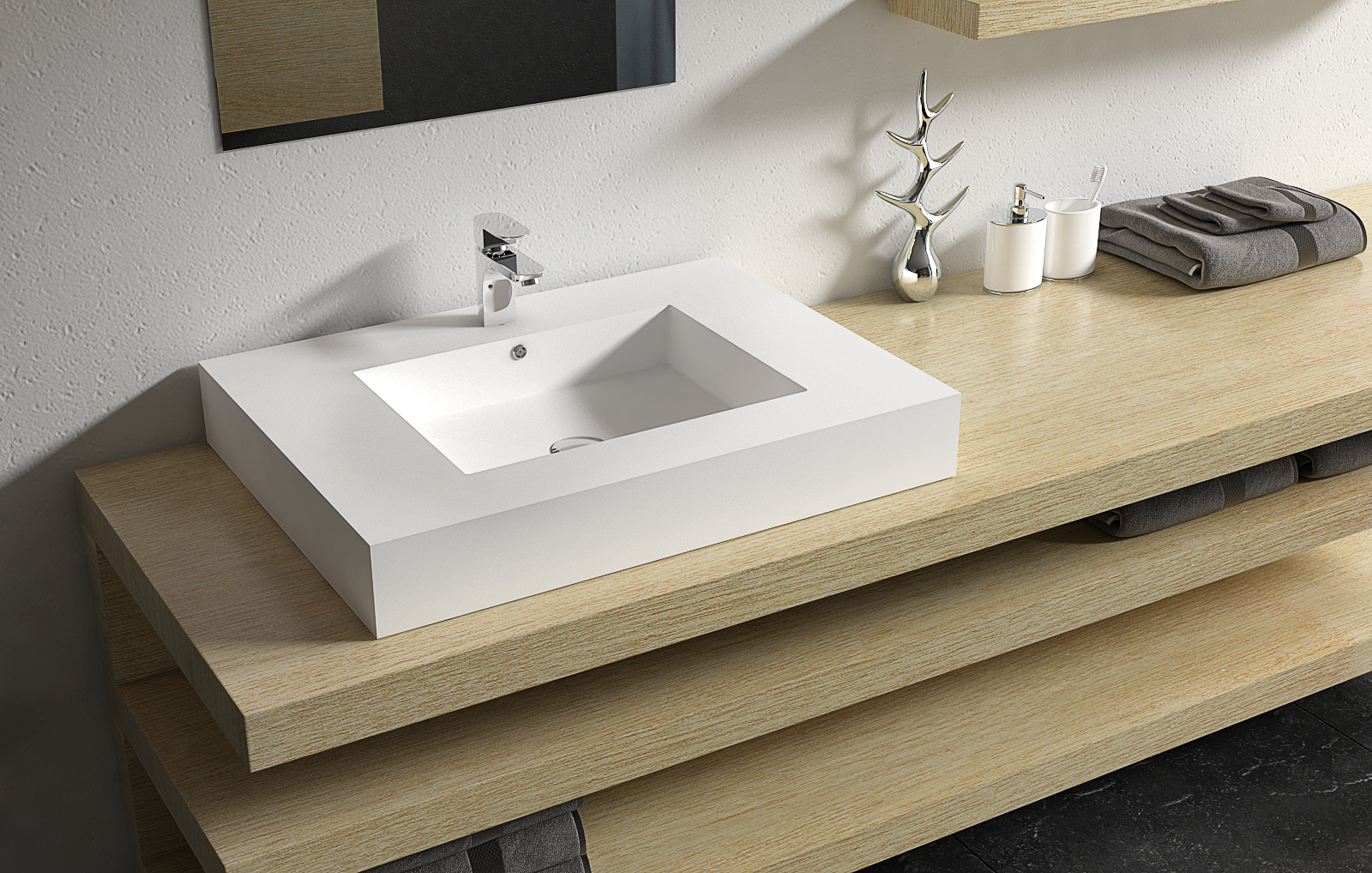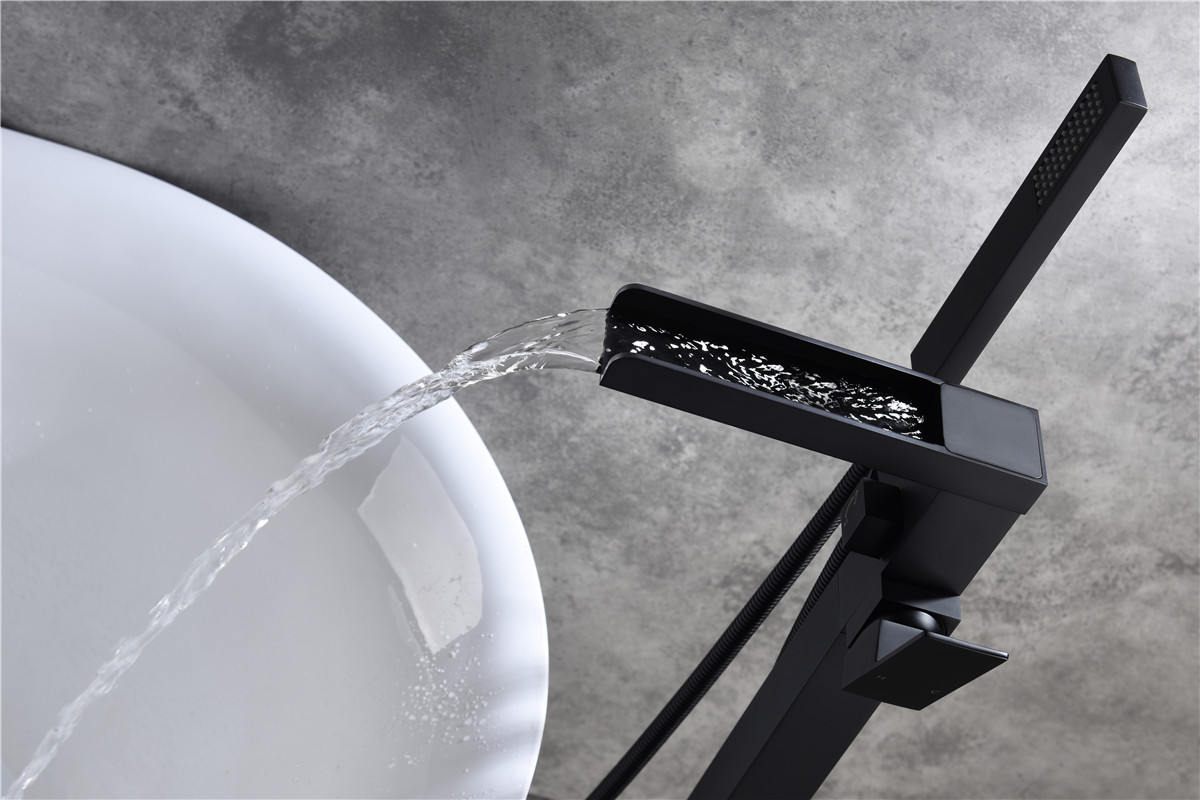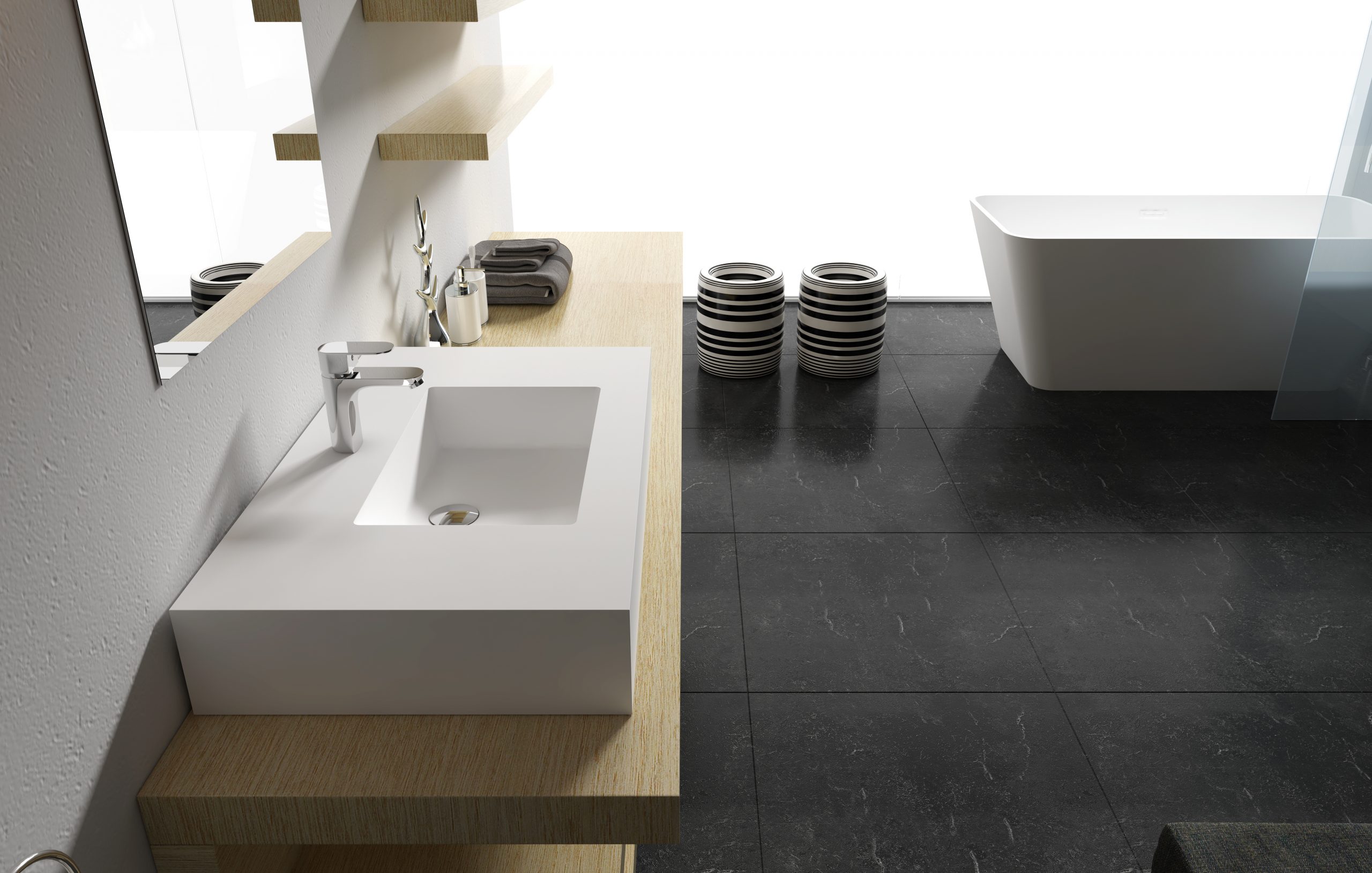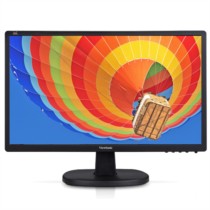
As consumers on environmental protection, ultra-thin, high picture quality and other requirements continue to improve, LED TV dependent on its absolute advantages in energy saving, environmental protection and color display has become a new trend of flat growth in 2009. Today, career knowledge for you a detailed introduction to LED, so that you do a savvy consumer, save their rights to know.
There are many types of LED, and not all LED backlit TVS are perfect for picture quality. According to the color, LED light source is divided into monochrome, double primary color, three primary color (true color). Of course, with the increase of the number of colors, the improvement of picture quality and color gamut display will be completely different, the cost will also be greatly reflected. This can also explain why are the products of LED backlight, some products cost 40, 50 thousand, some only 10, 20 thousand. Sector manufacturers, but also the exercise of consumers for LED technology to understand the immature, promote their products selling points, but do not know that the consumer’s right to know has been invaded.
Classification of LED display
First of all, let’s take a look at LED display are divided into what categories? What are the characteristics of each.
According to the use of the environment divided into indoor, outdoor and semi-outdoor
The indoor screen area is usually less than ten square meters, and the point density is high. It is used in non-direct sunlight or lighting environment. The viewing distance is several meters away, and the screen body does not have the sealing and waterproof ability. The outdoor screen area usually ranges from several square meters to dozens or even hundreds of square meters. The point density is relatively thin (mostly 1000-4000 points per square meter), and the brightness of the hair is 3000-6000cd/ square meter (the orientation difference, the brightness requirement difference). It can be used in the condition of direct sunlight, and the viewing distance is dozens of meters away. Screen body has superior wind and rain resistance and lightning protection ability. The semi-outdoor screen is between the outdoor and indoor, with a higher brightness, can be used outside without direct sunlight, the screen body has a certain seal, as usual in the eaves or window.
According to the color divided into monochrome, double primary color, three primary color
Monochrome refers to the display has only one color of light material, mostly single red, in some special places can also be yellow-green (such as funeral homes).
The double primary color screen usually consists of red and yellow-green luminous materials.
The three primary color screens are divided into full color, which is composed of red, yellow-green (wavelength 570nm) and blue, and nature color, which is composed of red, pure green (wavelength 525nm) and blue. And now, SONY X4500, Sharp XS1A, Samsung 9 series accepted RGB – LED backlight is a three-color LED backlight. Compared with monochrome LED, RGB-LED uses red, green and blue LED backlight to expand the color gamut display limits, while controlling light leakage in the screen to a low limit, providing thick dark display power and effectively reducing energy consumption.
Long life advantage of LED backlight
The light-emitting diode (LED), which was born in the 1960s, was considered the terminator of fluorescent tubes, bulbs and other lighting equipment. LED lights are also called light-emitting diodes (leds). Compared with other light sources, a single LED lamp consumes the least power. From blue to red, LED lights come in many colors, with one special color being white. We define it as “cold white” and “warm white”. In all kinds of colors, there is the problem of color error, among which blue and white display more significant, especially white, now LED suppliers can not hold useful control.
The LED light source is composed of a number of lattice semiconductors, each “lattice” has an LED semiconductor, so the LED backlight is happy to achieve the flat light source. Flat light sources not only have excellent brightness equalization, but also do not need a huge optical path design, so the thickness of the LCD can be thinner, but also have higher reliability and stability.
Secondly, in terms of luminous life, LED backlighting technology is beyond CCFL, is the promotion of CCFL technology. Popular CCFL backlights have a lifespan of around 30,000-40,000 hours, while some top CCFL backlights (WCG-CCFL) have a lifespan of around 60,000 hours. Such a life span can last several years, even for frequent users. The life of the LED backlight is longer, the life of the white LED backlight at the present stage has been up to 100,000 hours, even if the 24 hours do not stop the use, its life can be enough for 5 years.
Energy saving and environmental protection outstanding, real green TV
A major factor in the rise of LED backlighting and end lighting is the European Union’s RoHS directive. The directive specifies the elimination of substances such as lead, cadmium, mercury, hexvalent chromium, polybrominated biphenyls and polybrominated diphenyl ethers from electronic devices sold in EU Member States as of 1 July 2006. Mercury is a major component of CCFL tubes and other types of fluorescent lighting. LED lights use almost no mercury.
In terms of power consumption, compared with popular CRT TV, flat screen TV consumes a lot of power, many consumers are quite concerned about the energy consumption of TV. It is estimated that the 12 million flat-screen TVS sold in 2008, if each TV is operated for four hours a day, the annual consumption of 2.4 billion kilowatt hours, equivalent to the annual output of several large thermal power plants.
The brightness of LED can be automatically adjusted with the brightness of the picture, compared with LCD TV useful energy saving can reach more than 30%. In this way, you only need to adjust the local lighting in the required backlit area (the dark or dark part of the picture) to show you a high quality image with light and dark contrast with nature.
Are LED definitely better than CCFL now?
Today, conventional CCFL cold cathode fluorescent lamps consume a lot of power and produce the same amount of light, but they can produce light with efficiencies of 50 to 100 lumens /W, whereas white leds started out with efficiencies of 20lm/W or less. In addition, the luminous efficiency of white LED is increased by 60% every year. Up to now, the luminous efficiency of white LED devices has broken through 50lm/W, reaching the level of application.
Although RGB-LED technology has many advantages, it still has some limitations that cannot be prevented. For example, due to the use of a large number of self-reliant LED devices, the lattice arrangement is very complex, not only difficult to ensure the consistency of each device, but also the heat dissipation is not ideal, can not reach the ultra-long life. Second, the luminous efficiency of RGB-LED backlight is still a little weak, now generally around 50 lumens /W, the highest is only 70 lumens /W, to achieve the same level of CCFL100 lumens /W, it must lead to the increase of power consumption and the increase of fever. Secondly, although the color purity of RGB-LED is high, the amplitude of color attenuation of each LED after durable use is different, which will also have a great impact on the picture quality.







